Peruvian food
Peruvian food is considered one of the best cuisines in the world. Last year the country was voted best culinary destination for the 8th time. Peruvian food is very versatile and especially in the capital, Lima, this has created a lot of creativity, good restaurants and delicious dishes. Are you curious about the best dishes, typical Peruvian products and Peruvian top restaurants? I will take you into the world of Peruvian food.
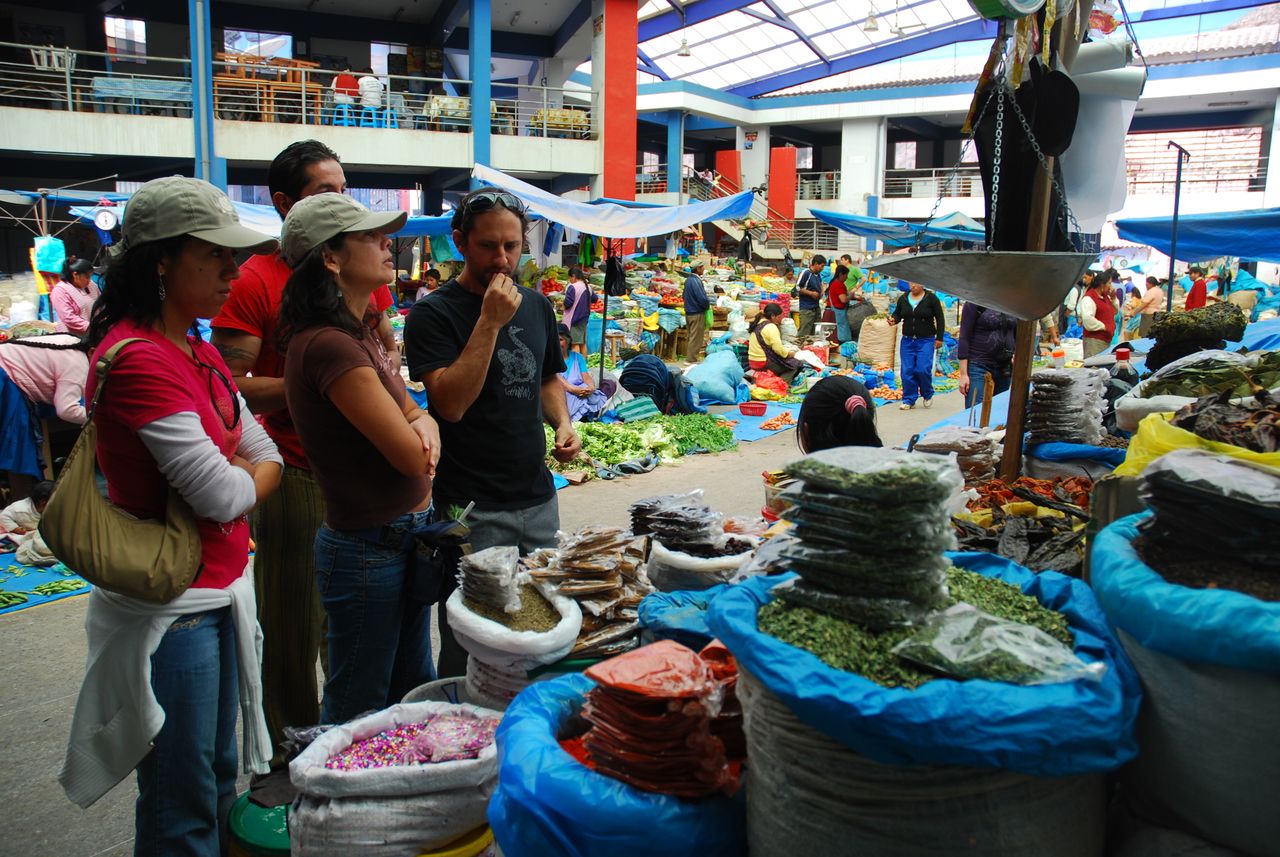
5 Peruvian dishes
If you are travelling to Peru, you can not only enjoy the beautiful nature and the rich culture, but also enjoy delicious Peruvian food. 5 dishes that you should definitely try during your trip:
1. Ceviche
Fresh fish cooked in lime juice, usually served with sweet potato, corn and red onion. The best ceviche you can eat at lunch in a Cevicheria if the fish has just been taken from the sea.
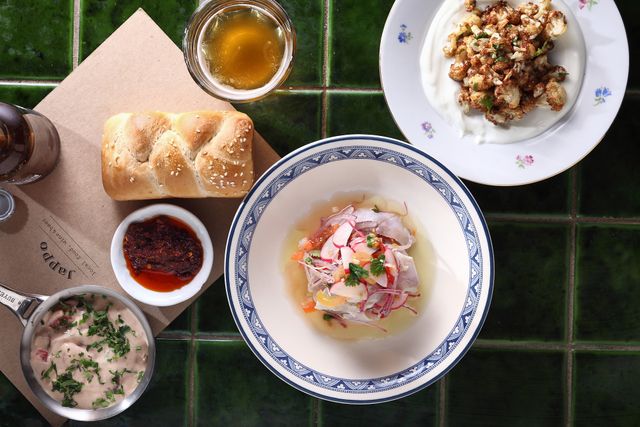
2. Lomo saltado
Stir fried steak, onion and paprika in a sauce of vinegar, soy sauce and various spices. It is served with rice and fries. Lomo saltado is a dish that is eaten throughout Peru and is extremely popular. Lomo saltado is a dish that originated in the time of the Chinese immigrants. It is a combination of Chinese and Peruvian food.

3. Causa Rellena
This dish is often eaten as a starter and is a turret of layers. The first layer is made of potato flavoured with a dried pepper. This is often covered with a layer of avocado and chicken or tuna.
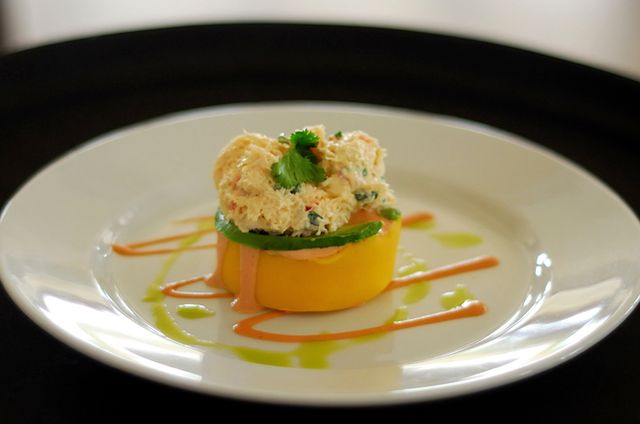
4. Aji de gallina
Ají de gallina is Peruvian chicken stew. The main ingredients are, of course, chicken, herbs and yellow chillies. Aji amarillo paprika is used for this. This small pepper is sweet, but also has a small spicy flavour and is used in many Peruvian dishes.
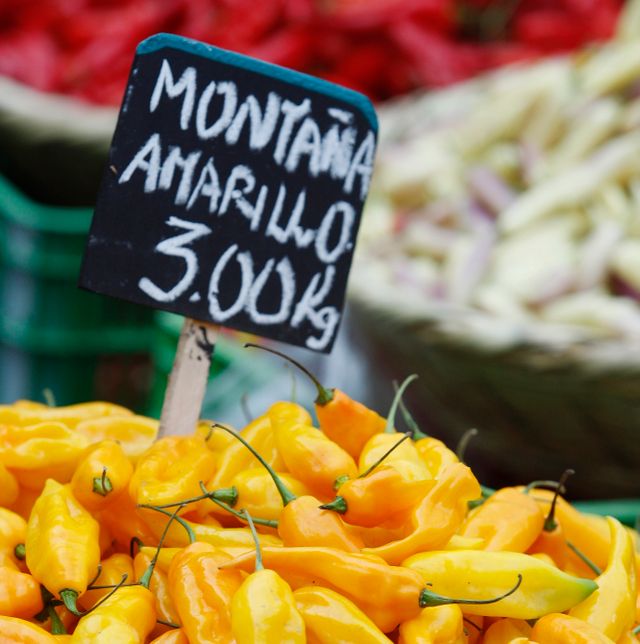
Aji Amarillo
5. Cuy (guinea pig)
You may have heard about it. In Peru, guinea pigs are not seen as pets, but they are bred for food. It is seen as a real delicacy. In most cases, the animal is fried or fried whole and placed directly from the pan on the plate and served.
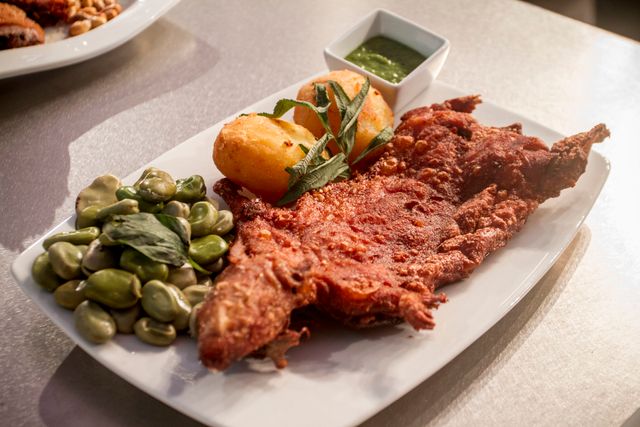
3 Peruvian drinks
It is not only Peruvian food you can try, there are also several drinks that are typical for Peru. Below are three different drinks you can try.
1. Pisco sour
It is a battle between Chile and Peru, but in both countries the cocktail Pisco sour is the national drink. In Peru, a village to the south in the desert-like region of Ica has the name Pisco and chances are that the drink comes from here.
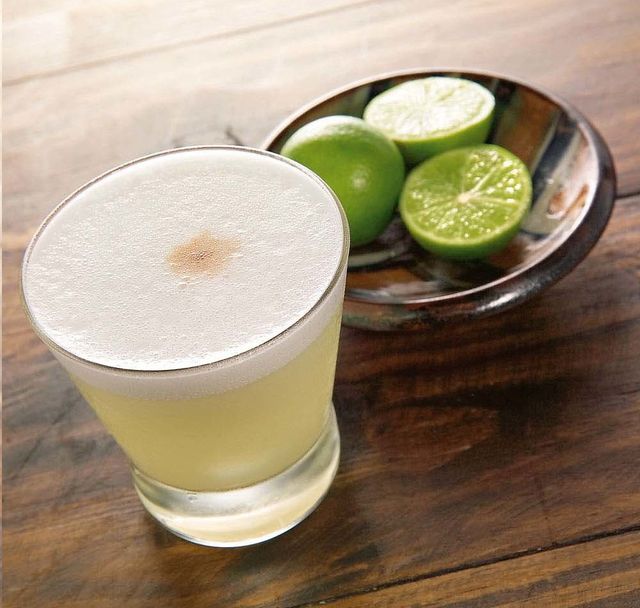
2. Chicha Morada
A purple drink from the Andes, made from purple corn. The corn is cooked in a large pan with pineapple peels, apple peels, cinnamon and cloves. Then sugar and lime juice are added and the drink is ready. The drink was already made and drunk by the Incas and today it is still drunk all over Peru.

3. Inca Kola
Inca Kola is one of the most popular soft drinks in Peru. The colour is fluoridating yellow and in my opinion does not look very attractive right now. Nevertheless, it has been sold in Peru since 1935 and it is hard to imagine life without it. The main ingredient is lemon verbana, an herb with a strong lemon scent. Are you curious and can't you wait to try it? You can order it on Amazon, for example.
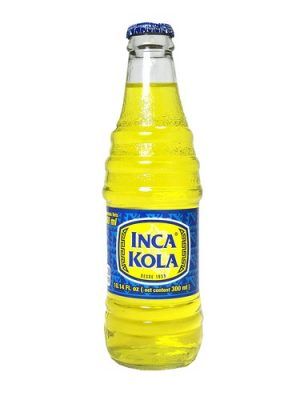
3 times Peruvian superfood
In recent years, the superfoods in the Netherlands have shot up like mushrooms. At first they appeared to be products that were completely new, but soon it became clear that these products full of good nutrients had been eaten in other countries for centuries. Many popular products even come from the Peruvian Andes where the soil is extremely fertile.
1. Quinoa
It is perhaps one of the best-known superfoods of the moment and has become an integral part of many kitchen cabinets. In Latin America this cereal has been part of the diet for years. It is mainly eaten in the highlands where the plant can grow well.
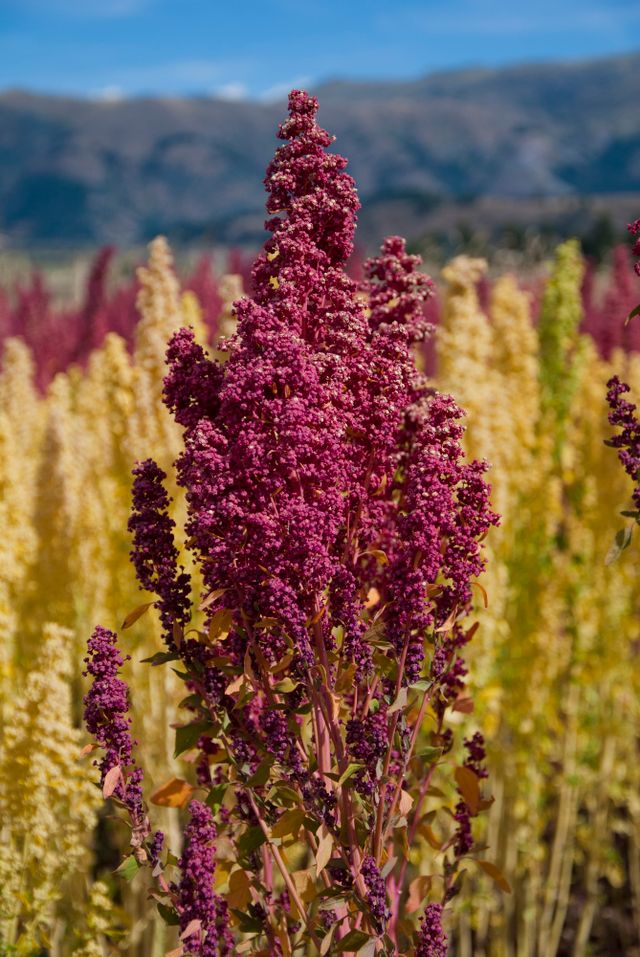
2. Potatoes
Do you think potatoes are Dutch? Then you are wrong! Potatoes originate in Peru. They were even cultivated in the Incas. They grew the papas and dried them in the sun. The yellow potato we know here compares poorly with its Peruvian cousins. There are no less than 4000 of them, ranging from purple to blue and from yellow to brown, from bitter to sweet.
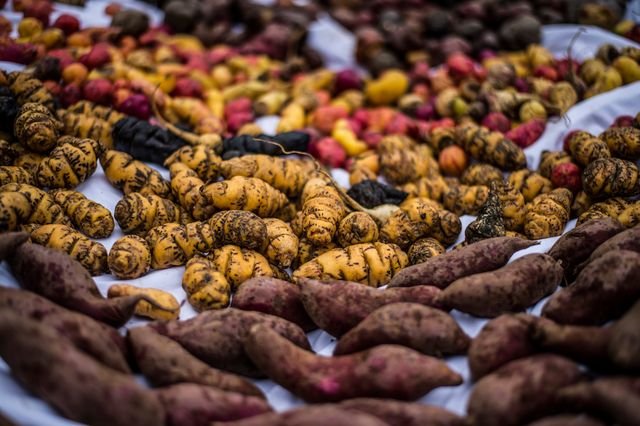
3. Coca leaves
Although the leaves of the coca plant are used to produce cocaine, that is not the reason why these leaves are so popular in the Andes. Here it has been used for a variety of purposes for centuries. The leaves are chewed against medical discomfort or sacrificed to the gods of nature. The leaves are full of nutrients and are a welcome addition to the one-sided diet of farmers in the highlands. For you as a traveller it can help against possible altitude sickness. It is then best to draw tea from the leaves.

5 best restaurants in Peru
In October 2019, the best 50 restaurants in the world and Latin America were again announced. The Peruvian food was once again appreciated. The restaurants Central and Maido, both located in Lima, were among the 50 best restaurants in the world. And the list of Latin America included no less than 11 Peruvian restaurants. Are you looking for a good restaurant for your trip? I have listed 5 of them below. Attention: book in time, otherwise the restaurants will be full.
1. Maido, Lima
Maido' means welcome in Japanese. Here you can enjoy an inventive tasting menu of Peruvian-Japanese bites, a la carte dishes or join the classic sushi bar. Born in Lima, Chef Tsumura was encouraged by his father to turn his passion for cooking into a profession. He studied culinary arts in the USA and later went to Japan to learn more about his cultural and culinary heritage. At this restaurant you will be taken on a colourful journey through Nikkei cuisine, with highlights such as a hot dog with fish, a fresh nigari caught the same day, dim sum with squid and sea snail with cau-cau and sea urchin rice. View the website.
2. Central, Lima
Central's cuisine is contemporary Peruvian and founder Virgilio Martínez Véliz has tried to redefine Peruvian cuisine by introducing little-known indigenous ingredients from the coastal region of Peru, the Andean highlands and the Amazon rainforest. Examples of such ingredients include kushuru (cushuro), an edible cyanobacteria harvested in highland wetlands. Arracacha, an Andean tuberous plant. And arapaima, a freshwater fish found in the Amazon. Chef and restaurant commentator Geeta Bansal describes the cuisine as fresh and contemporary with beautifully prepared plates. View the website.
3. Astrid y Gastón, Lima
This restaurant is one of the best restaurants in Peru and owners Astrid and Gaston have lived up to this image to this day. Gaston is the owner and a well-trained chef and his wife Astrid, from France, runs the restaurant, which is well known throughout Latin America. The food is very tasty and the wine selection is one of the largest in South America. View the website.
4. Mil, Sacred Valley
The restaurant MIL Centro in the Sacred Valley belongs to the same owner as Central in Lima. Here you will enjoy 8 courses consisting of authentic and local ingredients obtained from this region. Taste different local dishes with the most creative combinations. Ingredients may change during the season. The dishes are made with knowledge obtained from the locals about agriculture and cooking at altitude. From the restaurant you have a beautiful view of the agricultural terraces of Moray. View the website.
5. Chica, Arequipa
This is another restaurant of the famous chefs Astrid and Gaston. This restaurant focuses on regional cuisine; the production process, traditions and culture of each location combined with good cooking techniques and responsible local products. The restaurant is located in the beautiful Casona de Santa Catalina, built in the 17th century, just a few metres from the Santa Catalina Monastery and from the Plaza de Armas central square. View the website.
Discover the Peruvian food yourself
As you can see, there is a lot to do in Peru in the culinary field. Hopefully I have been able to show you a little bit about the world of Peruvian food. Are you curious and would you like to discover this culinary destination for yourself? We are happy to help you work out a unique journey tailored to your wishes. Feel free to request a travel proposal and we will contact you as soon as possible to work out a travel programme for you. Call +31 73 610 62 04 or send an e-mail to info@sapapanatravel.nl.